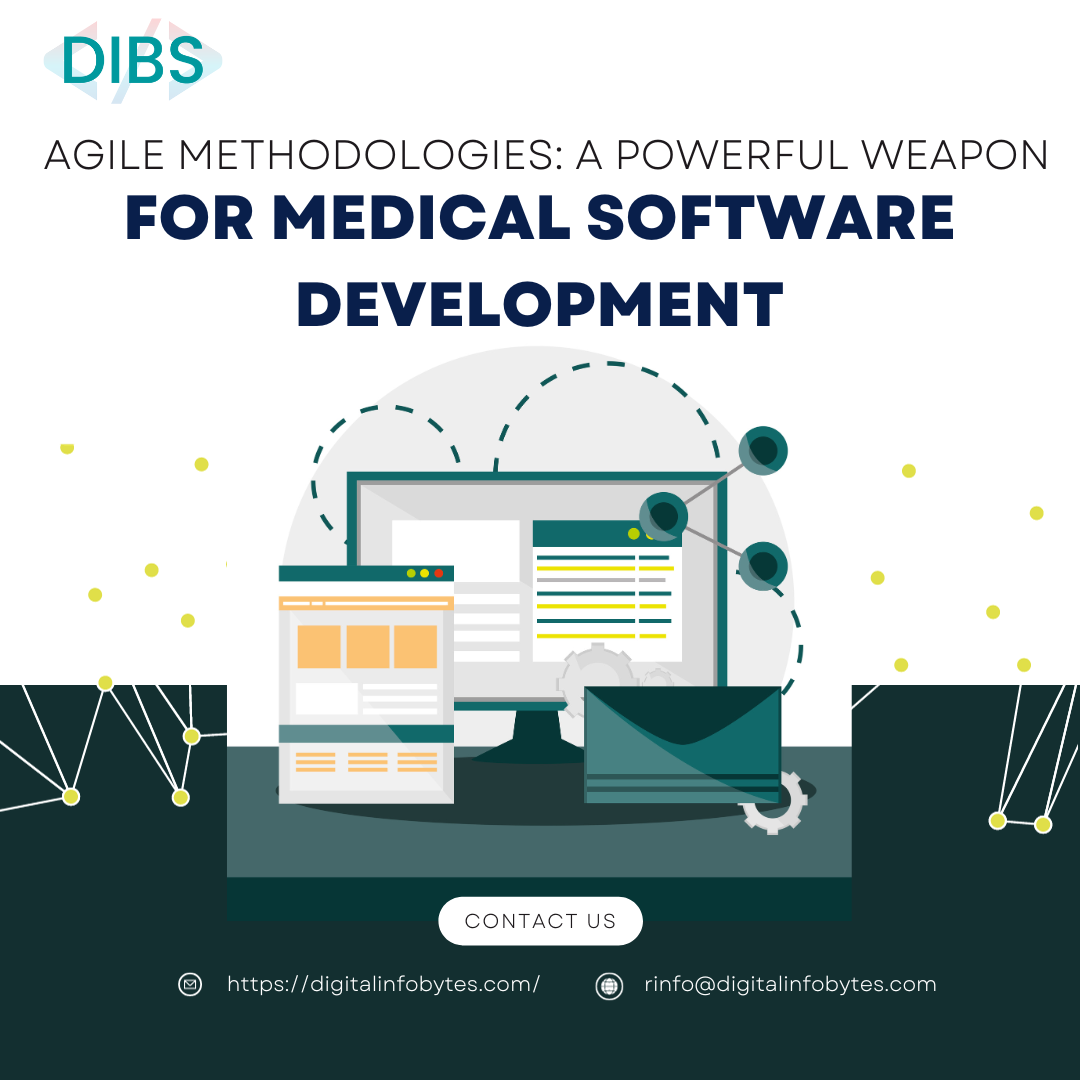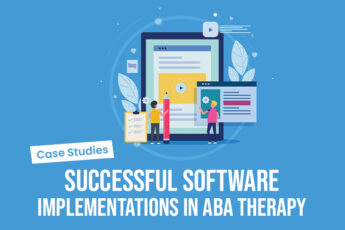Using software for better patient outcomes and streamlined operations has become a norm in the evolving sector of healthcare. Yet, many healthcare organizations still use the clunky, outdated software that was developed using the waterfall methodology. These software tend to hinder progress and frustrate users. But a revolution is brought by in the form of Agile methodologies. This flexible, iterative approach to software development promises to transform how medical software is conceived, built, and delivered. Agile methodology enables healthcare apps to emerge with astonishing speed, each feature meticulously tested and refined before reaching patients and providers. Developers can evolve the software alongside medical breakthroughs, empowering clinicians and improving care delivery.
In this blog, we will delve deep into the undeniable benefits of using Agile for medical software development. We will also discuss the tools and resources needed to navigate the unique challenges of Agile implementation in healthcare.
Unpacking the Benefits of Agile in Medical Software Development
Traditionally, healthcare software development has resembled a monolithic dam project – slow, sequential, and prone to unexpected cracks. Agile methodologies, however, act more like a surgeon’s scalpel – precise, iterative, and focused on continuous improvement. Let’s dissect the key benefits of Agile to reveal their transformative impact:
Increased Speed and Efficiency
Agile breaks down projects into manageable “sprints,” delivering working features in short cycles. This iterative approach allows for rapid feedback, course correction, and early problem identification. Unlike the waterfall method’s “build-it-and-hope” approach, Agile ensures each feature is valuable and functional before moving forward. Thus reducing the time to market and allowing healthcare organizations to leverage cutting-edge software sooner. Healthcare providers can stay ahead of the curve, and respond quickly to evolving patient needs.
Enhanced Software Quality
Traditional methods often prioritize deadlines over thorough testing, resulting in buggy, frustrating software. Agile emphasizes continuous feedback and testing throughout the development cycle. Thus, identify and eliminate defects early on. This not only improves software quality and user experience but also minimizes the risk of critical errors impacting patient care and data security.
Improved Patient Outcomes
Agile isn’t just about faster software; it’s about building software that directly benefits patients. By involving clinicians and patients in the development process, Agile ensures that features address real needs and improve care delivery. This patient-centric approach can lead to:
- Enhanced diagnostic tools and clinical decision support systems
- Streamlined workflows and improved operational efficiency
- Greater access to patient data and personalized care
- Improved communication and engagement between patients and providers
Increased Team Productivity and Collaboration
Agile fosters a culture of collaboration and transparency. Developers, clinicians, and stakeholders work together in close-knit units, fostering open communication and rapid problem-solving. This not only boosts team morale and engagement but also leads to increased productivity and improved knowledge sharing, further accelerating the development process.

Overcoming Challenges of Using Agile
Agile, while a powerful vessel for medical software development, does encounter challenges. Let’s equip you with the knowledge and tools to navigate these challenges and ensure your Agile journey reaches its destination:
Regulatory Compliance
Healthcare software is subject to strict regulations like HIPAA, raising concerns about Agile’s iterative nature. However, the flexibility of Agile allows for integrating compliance measures throughout the development process. By thoroughly understanding the relevant regulations and involving compliance experts in sprint planning, you can ensure your software meets all requirements.
Cultural Resistance
Traditional, hierarchical healthcare cultures might resist the collaborative and iterative nature of Agile. Be a patient captain, educating stakeholders on the benefits of Agile and demonstrating its value through pilot projects. Foster open communication, address concerns head-on, and provide training to equip your team with the necessary Agile skills.
Managing Stakeholder Expectations
Shifting from fixed timelines to iterative sprints can be challenging for stakeholders who are accustomed to waterfall methods. Thus, manage expectations by clearly communicating the Agile process and providing regular updates showcasing progress.
Measuring Success
Traditional metrics like completion dates might not adequately reflect the value of Agile. Hence, look beyond just deadlines and focus on metrics that align with Agile’s core principles. Track things like user satisfaction, feature completion rate, and sprint velocity to gauge progress and identify areas for improvement.
Tools and Resources Guiding Agile Software Development
Imagine embarking on your Agile voyage without a map or compass. Luckily, a plethora of tools and resources exist to guide you and illuminate your path. Let’s equip your Agile toolbox with the essentials:
Project Management Software
Agile thrives on organization and transparency. Tools that provide visual boards, task management, and collaborative features, help in keeping your team aligned and on track. Thus, choose software that integrates with your existing tools and suits your specific workflow needs.
Communication and Collaboration Tools
Agile thrives on open communication and collaboration. Utilize tools for instant messaging, video conferencing, and document sharing. Break down departmental silos and foster a culture of open dialogue and feedback exchange.
Testing and Quality Assurance Tools
Agile’s iterative approach demands continuous testing and quality assurance. Tools that enable automated testing processes, ensure early bug detection, and high-quality software. Therefore, integrate automated testing into your development pipeline and utilize tools that cater to the specific needs of healthcare software.
Training and Resources
Agile is a journey, not a destination. Invest in training and resources for your team to master Agile principles and practices. Attend workshops, join online communities, and utilize educational materials available.
Conclusion
The future of healthcare software belongs to the quick and adaptable, and Agile methodologies hold the key to unlocking its immense potential. By embracing its iterative, patient-centric approach, you can accelerate innovation by delivering cutting-edge software solutions at a rapid pace. Using agile you can ensure high-quality software that meets stringent regulatory requirements and prioritizes patient safety and privacy. Agile can help in developing software that directly benefits patients, enhances care delivery, and empowers healthcare providers with tools for better health management.
Talk to our experts to integrate medical software developed using Agile methodologies. The DIBS team performs Agile medical device software development and customizes the software as per your needs.







Leave a Comment